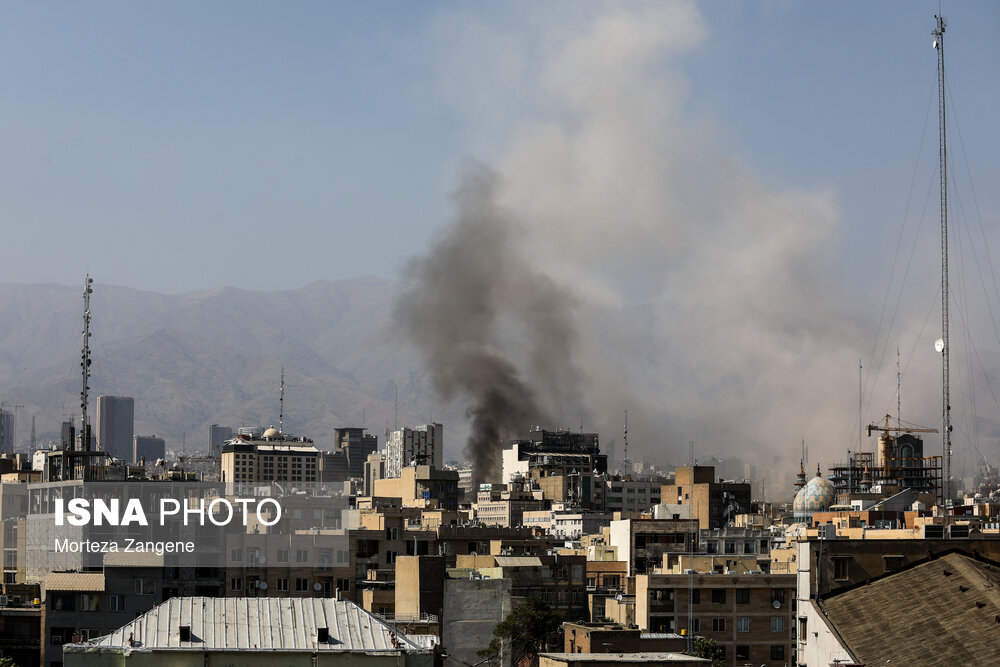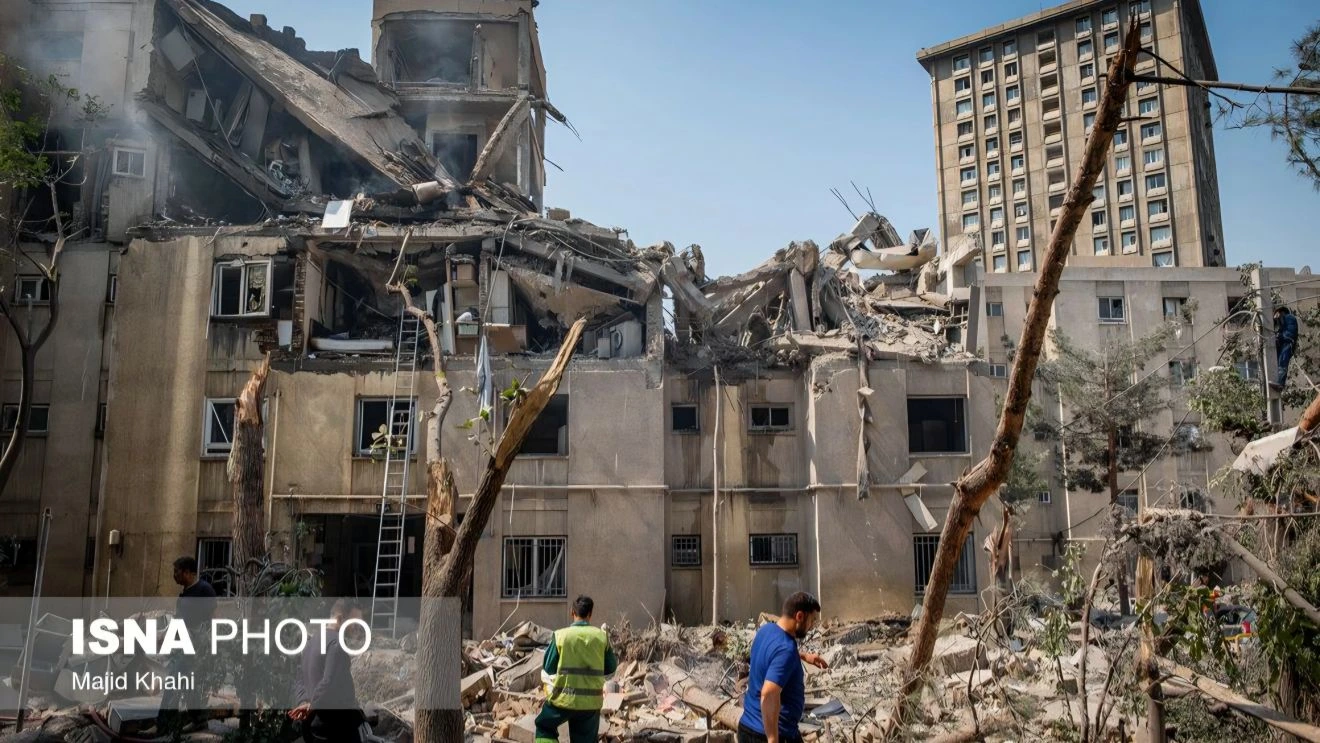Weekly Bitumen Report: The Increasing Signals Got Stronger in Iran

On 6 September, oil price increased once again in the Asian trades as the markets were worried about shortage in supply by the extension of voluntary production cut of supply by Suadi Arabia and Russia till the end of the year.
The price of future crude oil quotes reached 90.18 USD per barrel by an increase of 14 cent. WTI settled at 86 USD per barrel with 81 cent increase.
The investors were expecting the extension of voluntary cut of Russia and Saudi Arabia till the end of October and the three-month extension was totally unexpected.
Jorge Leon, the senior vice president at Rystad Energy, writes: “These bullish moves significantly tighten the global oil market and can only result in one thing: higher oil prices worldwide”.
He also adds “The impact these cuts will have on inflation and economic policy in the West is hard to predict, but higher oil prices will only increase the likelihood of more fiscal tightening, especially in the U.S., to curtail inflation”. Besides, U.S. Energy Information Administration reported the increase of U.S crude oil production in June was at the highest level since February 2020. This action was done by America to prevent more rise of crude oil prices.
In the meantime, the production level in Chinese factories do not have a desirable status and the weaknesses in China’s economy is an obstacle on the improvement in oil prices. However, the actions of OPEC+ to raise the prices led to some growth in the market of crude oil during the last weeks. This growth will have long-term negative effects on the global economy.
Meanwhile, Bank of China (BOC), one of the four commercial governmental banks of China, opened it first branch in Riyadh, the capital of Saudi Arabia. In this way, China will expand the use of Chinese Yuan in the economic and commercial affairs. The analysts believe that this action was taken to develop the business between BRICS members.
In Europe, it has been reported that inflation rate turned one-digit for all the 20 members of Euro region for the first time since November 2021 i.e. within 21 months.
During the last week, Singapore’s HSFO CST180 reached 528 USD after facing 2 significant increases. After several weeks of stability, Singapore’s bulk bitumen price returned to the level of over 500 USD and bitumen price in South Korea settled at 430 USD. Bahrain’s bitumen price remained fixed at 440 USD.
Bitumen price in Europe increased slightly. In India, it is heard that bitumen price will increase about 10 USD on 15 September after the already observed surge of prices on 1 September. Hence, bitumen price in India will follow the increasing trend for the second consecutive month.
After a period of recession in Iran market, the base price of all petrochemical products increased by around 38% by the decision of IME and hence, the market conditions changed for the biggest producer of the Middle East. Besides, the refineries competed up to 45% which was an unpredictable competition by the implementation of new pricing rule. As a result, bitumen price in Iran increased once again.
Considering shortage of container, end of monsoon in most of the markets, surge of crude oil price up to 90 USD, and the severe competition among the manufacturers, it seems that we should expect rise in bitumen prices in all markets.
Infinity Galaxy Team is pleased to support the role players of the market to make informed decisions and experience safe deals.
This article was prepared by Razieh Gilani, the export manager of Infinity Galaxy (www.infinitygalaxy.org).






